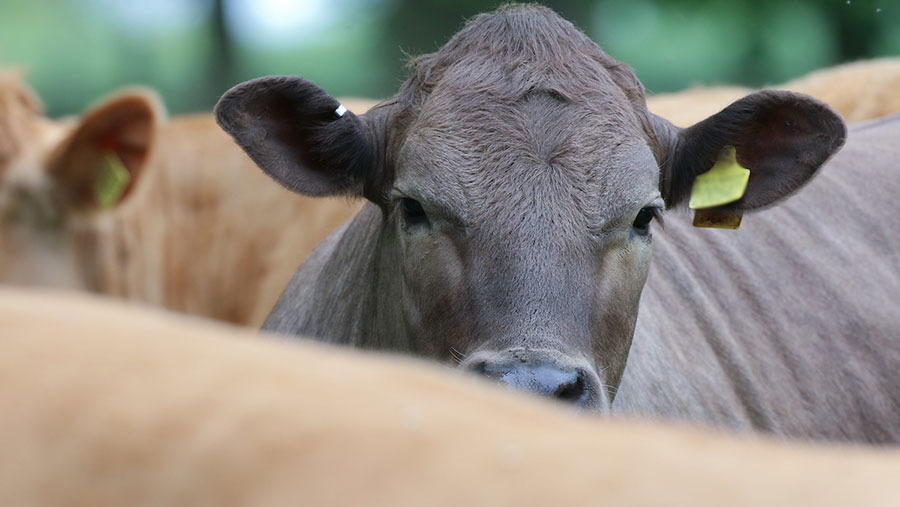Q&A: How to tackle neospora in cattle
 © Tim Scrivener
© Tim Scrivener Neospora is a parasite that infects dairy and beef cattle, causing abortion and stillbirth. Evidence suggests its prevalence in the UK is growing.
So what can farmers do to protect their animals against it? And what should you do if your cattle are found to be infected with the disease?
Mary Walters of South Wales Farm Vets answers these all-important questions.
See also: How dairy farmer cut neospora infection by 25%
What is neosporosis?
A disease caused by a protozoal parasite called Neospora caninum, causing abortion and stillbirth in cattle.
See also: How dairy farmer has cut neospora infection by 25%
How is it transmitted to cattle?
By ingestion of food contaminated with infected dog or fox faeces containing the eggs (oocysts) of Neospora caninum.
Dogs become infected when they consume infected cattle abortion material or placenta.
Eggs are then produced in the dog’s digestive tract and shed in the faeces, remaining stable in the environment for about six months.
Eggs can be present in fresh or conserved forages such as grass, silage, hay and any other feeds.
The disease can also spread from dam to calf, if not aborted.
What are the clinical signs?
Abortion or stillbirth.
How is it diagnosed?
Testing the aborted foetus/stillborn calf and blood sampling the dam.
Is there treatment available?
No, and there is no commercial vaccine in the UK.
What should be done with cattle that are infected?
Infected cattle should not be used to breed replacements and only be bred to terminal sires – the disease mostly causes abortion but if calves are born and survive, 90% will be infected.
Infected cows and heifers are often culled because there is such a high chance of them aborting.
Is there anything that can be done to prevent neospora?
Prevent dog faeces contaminating pasture for grazing or conserving and other food stores.
Food stores on farm should be dog-proof.
Keep dogs away from calving areas and all abortion products such as the calf and placenta.
To reduce disease incidence in a herd where there is known to be a problem, farmers can join a CHeCS-based scheme to screen the herd and to make breeding decisions based on the results.
